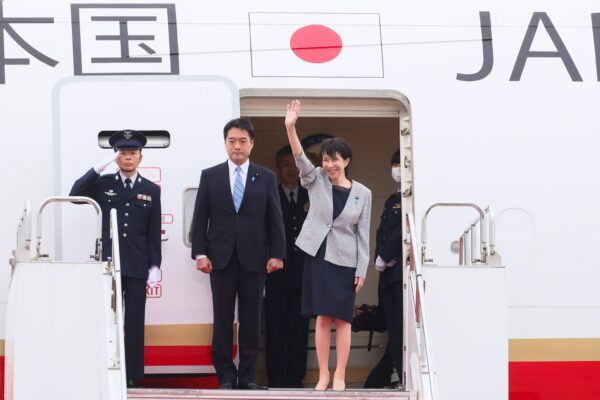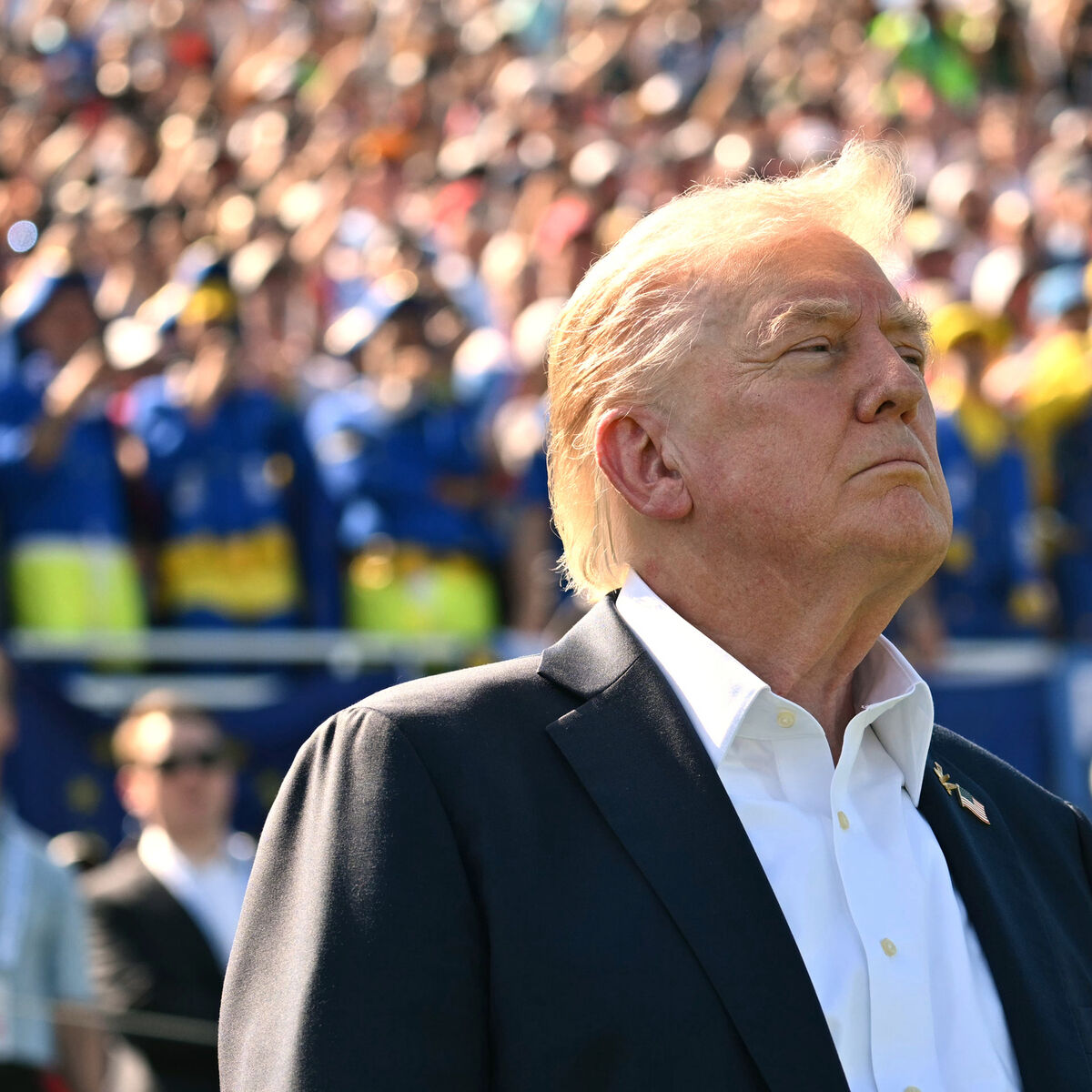Copyright thediplomat

On October 21, Japan’s new prime minister, Takaichi Sanae, formed her Cabinet. The political environment surrounding Japan has grown increasingly challenging, forcing the Liberal Democratic Party (LDP) and Takaichi’s new Cabinet to navigate even tougher decisions than its predecessors. What we can expect from the Takaichi Cabinet's foreign and security policies? Since the Takaichi administration took office, it has made a series of proactive statements on foreign and security policy. For example, the new Cabinet has shown its enthusiasm for enacting an anti-espionage law to crack down on foreign intelligence gathering and strengthen intelligence capabilities through the creation of a National Intelligence Agency. It also expressed intent to revise the three security documents – the National Security Strategy, National Defense Strategy, and Defense Force Development Plan – that were approved by the then-Kishida Cabinet on December 16, 2022. These documents form the basic policy framework for Japan’s foreign and security policy. By revising them, the Takaichi administration aims to steer a shift in Japan's foreign and security policy. However, even if these documents are revised, fundamentally altering the overall framework will be difficult. Continuing the Abe Line Takaichi is generally considered as a conservative-leaning lawmaker, and the policies she has proposed are in line with this view. That said, it seems unlikely she would pursue a course even more conservative than that of her mentor, the late Prime Minister Abe Shinzo. Simply put, the Abe approach involves strengthening the Japan-U.S. alliance by enhancing Japan’s defense capabilities, while simultaneously bolstering cooperation with East Asian and Southeast Asian nations through multilateral diplomacy, such as the Free and Open Indo-Pacific strategy. This line has been broadly accepted as well-suited to the current international situation, and administrations since the Abe government – under Suga Yoshihide, Kishida Fumio, and most recently Ishiba Shigeru – have continued to follow it. This is because it is difficult to find an alternative. The Ishiba administration, for example, attempted a shift from the Abe approach, proposing an “Asian NATO” concept, but this failed to materialize. This is because the realization of such a concept is difficult given the current international situation. Dealing with China is particularly difficult for Japan. In Asia, China is pursuing initiatives to expand its influence and exerting pressure on Taiwan. However, unlike during the U.S.-Soviet Cold War, China is not openly hostile toward the United States or Japan. This is even more true for Southeast Asian nations. Indeed, Southeast Asian countries maintain economic ties with China, making a Cold War-style severance of relations unfeasible. Consequently, forming hostile alliances against China is not a realistic option. The concept of an Asian NATO was also intended to allow countries like Japan to replace their reliance on the United States should U.S. involvement diminish. However, this too is difficult. In the Indo-Pacific region, the United States possesses overwhelming power, making it difficult to identify a nation capable of replacing it. Which partner(s) could Japan turn to? Japan and South Korea have deep-rooted historical perception issues. Furthermore, South Korea’s primary security concern is North Korea, limiting the military forces it can deploy toward China in times of crisis. Taiwan, while not formally recognized as a state by Japan, is friendly to Japan. However, establishing an alliance with Taiwan would first require state recognition, which carries a high risk of escalating China's actions. Australia, while not facing immediate crises in its neighboring regions, has limitations in its military strength and power projection capabilities. While it could provide flanking support, large-scale assistance is unlikely. Finally, India is a major military power, but its diplomacy traditionally tends toward an independent course. While it currently coordinates with Japan and the United States due to its border dispute with China, there is no guarantee this alignment will persist. Furthermore, because India faces China, it could provide flanking support in a Taiwan Strait contingency, but no more than that. In short, Japan has no realistic options for finding a military partner to replace the United States. The U.S. is the world's foremost military power, and it would be challenging for any other nation, even collectively, to substitute for it. Recognizing the situation, the Abe administration pursued a path not of forming an Asian NATO, but rather of strengthening Japan's indigenous defense capabilities and enhancing multilateral cooperation frameworks, while maintaining the Japan-U.S. alliance as the central axis. Recent history suggests that the new Takaichi administration has no choice but to follow this path. The Unstable Takaichi Administration The Takaichi administration is strongly conservative, yet it is also unstable. The Komeito party, which had been in coalition with the LDP for over 25 years, withdrew from the coalition shortly after Takaichi was elected as the LDP’s leader. In its place, the Nippon Ishin no Kai (also known as the Japan Innovation Party) agreed to cooperate with the LDP outside the Cabinet. However, even combined, the LDP and Nippon Ishin do not hold a majority in either the House of Representatives (the lower house) or the House of Councillors (the upper house). Moreover, the LDP suffered defeats in both the 2024 House of Representatives and 2025 House of Councillors elections, and Nippon Ishin’s momentum is flagging. Meanwhile, the Democratic Party for the People and Sanseito are gaining momentum. The Takaichi administration faces a mountain of problems, notably political distrust surrounding the LDP and the issue of rising prices. The Ishiba administration failed to resolve either of these problems and suffered electoral defeat. If the Takaichi administration cannot respond swiftly, it risks further declining approval ratings. Nippon Ishin faces similar challenges. While it is advocating for reducing the number of Diet seats as a headline issue, this question is unrelated to political distrust stemming from matters like political funding regulations, and certainly offers no solution to the current high prices. Opposition has emerged from both the ruling and opposition parties. Public opinion shows some praise for Nippon Ishin’s stance, but there is no guarantee this momentum will continue. During the Ishiba administration, Nippon Ishin supported the budget bill on the condition of implementing free education and reducing insurance premiums for the working generation. However, these measures were irrelevant to citizens suffering from high prices. While the LDP saw its approval ratings fall, Nippon Ishin’s judgment was also criticized. If Nippon Ishin cannot realize its policies or fails to address high prices, it is highly likely to find itself in a similar predicament to the LDP. The Two Keys to Takaichi’s Foreign and Security Policy: The U.S. and Domestic Policy For the Takaichi administration, the crucial question is how to manage relations with the United States. A Japan-U.S. summit is scheduled for October 28, immediately after the administration's launch. This will be Takaichi’s first meeting with U.S. President Donald Trump, and the direction of Japan-U.S. diplomacy is likely to significantly influence the Takaichi administration. The Trump administration is highly likely to increase pressure on Japan. Trump champions “America First” policies, including tariffs. It demands greater burden-sharing even from allies. At the same time, Trump administration officials have made statements undermining the reliability of the Japan-U.S. alliance, such as suggesting it might not defend allies under all circumstances. While this could be seen as a bluff to extract favorable terms for the U.S., it is fostering distrust among allies. Meanwhile, it is unclear whether Japan can afford to make concessions to Trump. As mentioned earlier, the Takaichi administration is a minority Cabinet with an extremely unstable political base. Furthermore, the results of the recent election indicate growing support for parties like Sanseito and the DPFP, which advocate for reducing the burden on Japanese citizens and promoting economic development. If the Takaichi administration strikes a deal with the Trump administration and makes concessions to the U.S., will the public support it? While the Japan-U.S. alliance is the cornerstone of Japanese diplomacy, failing to solidify its domestic foundation could prove fatal to the Takaichi administration itself. The solution to this problem lies in resolving high prices and charting a course for economic development. The Takaichi administration has already moved to relax labor regulations and announced accelerated growth strategies, such as in semiconductors. The spotlight on political funding issues and foreigner-related problems also stems from Japan’s struggle with high prices. While the weak yen has increased foreign tourists, Japanese citizens increasingly feel impoverished. Resolving economic issues will likely boost approval ratings and secure the administration's party base. Japan's foreign and security policy thus hinges on how quickly the Takaichi administration can solidify its political foundations through domestic policy moves.



